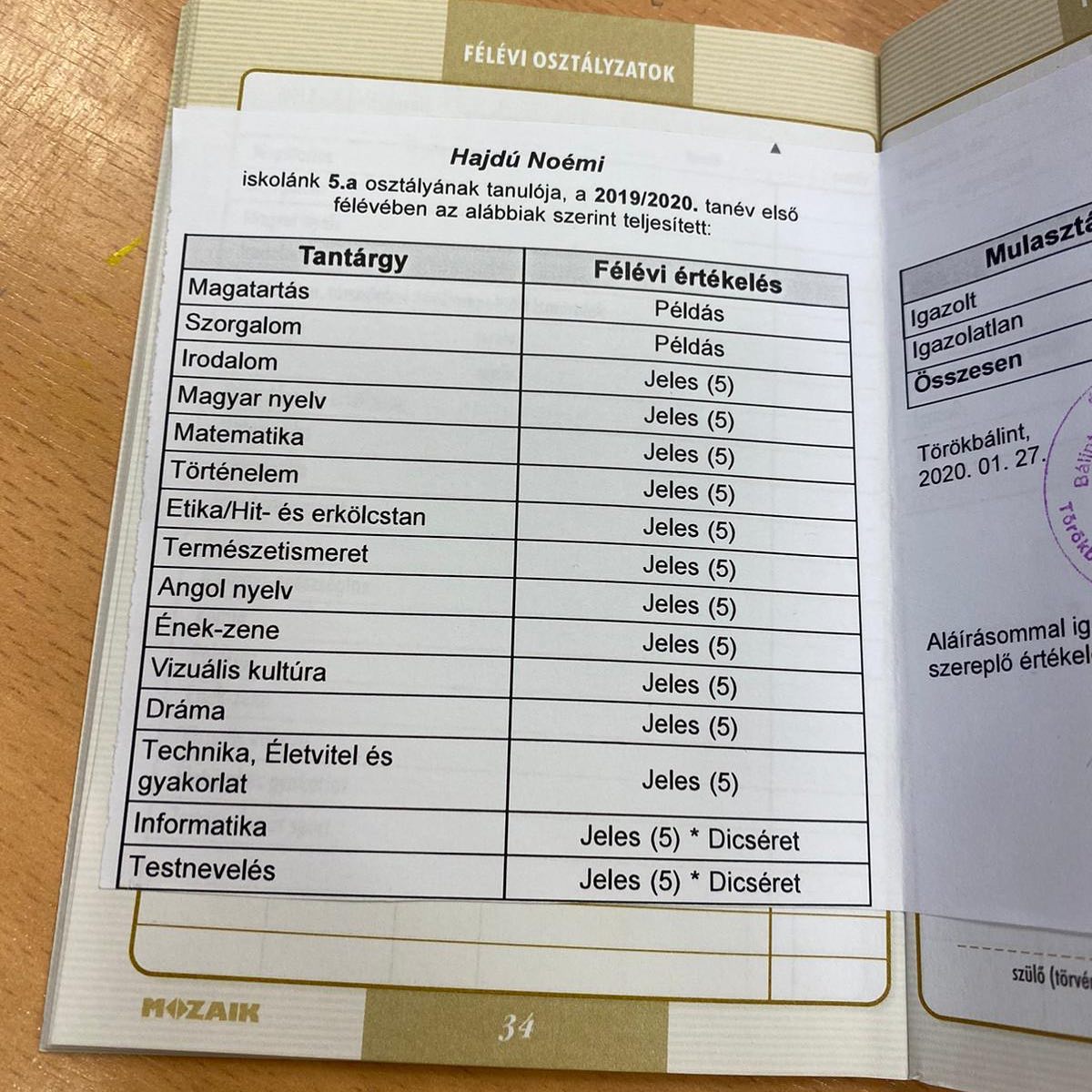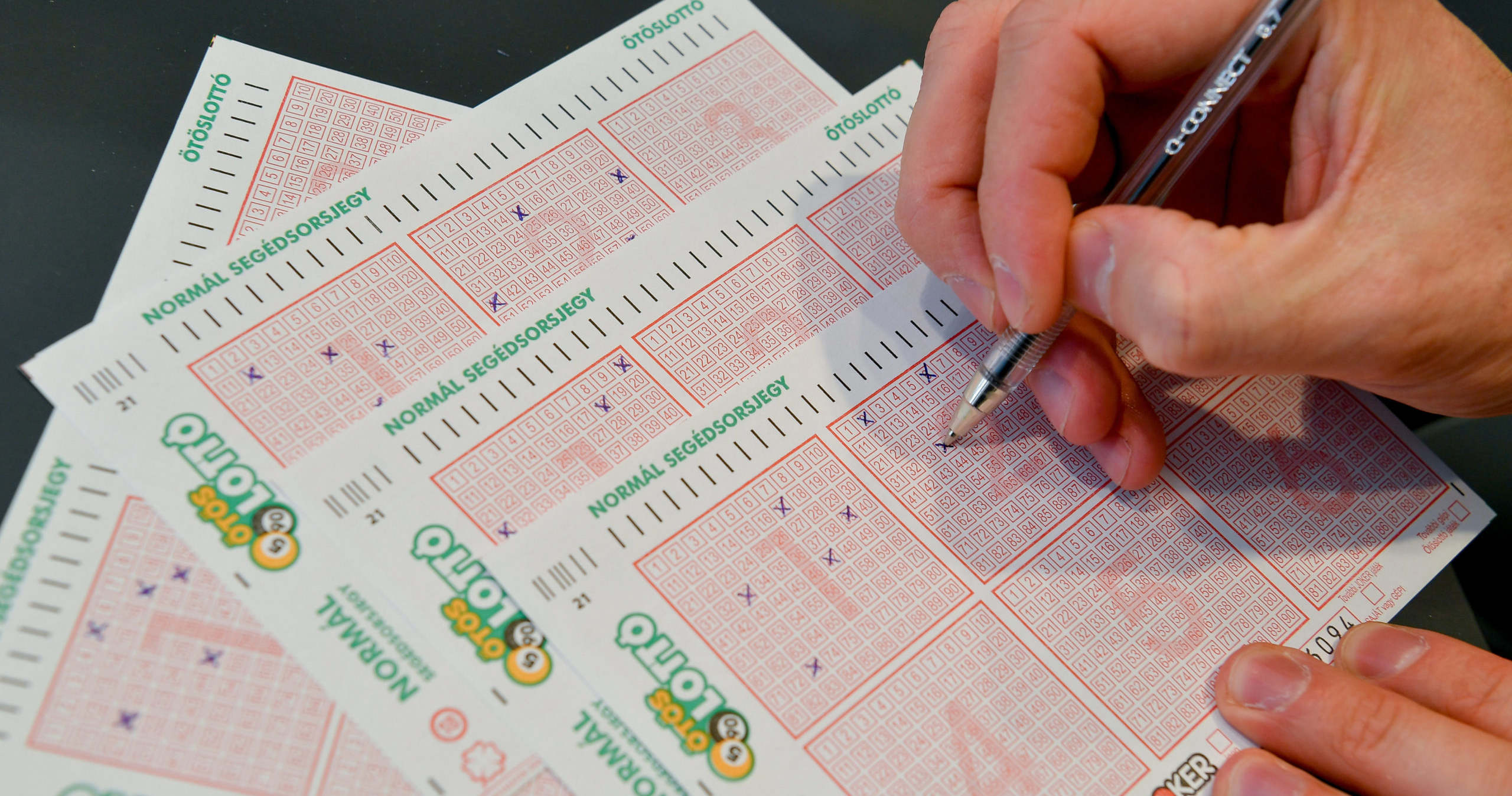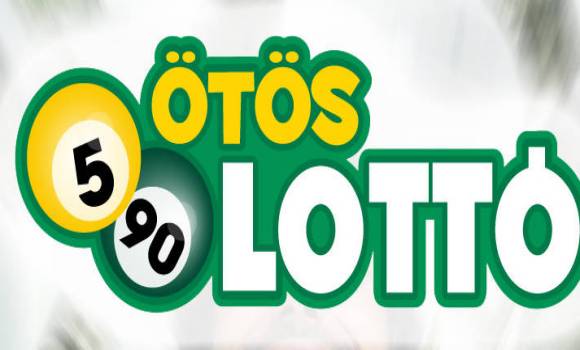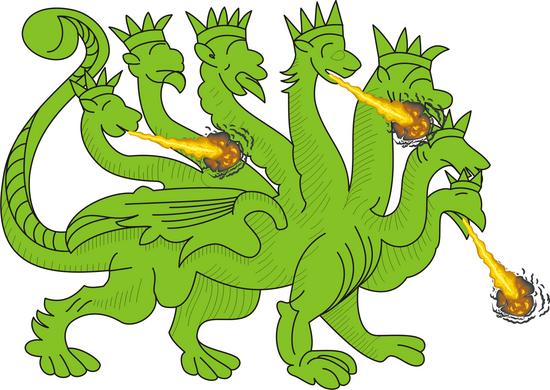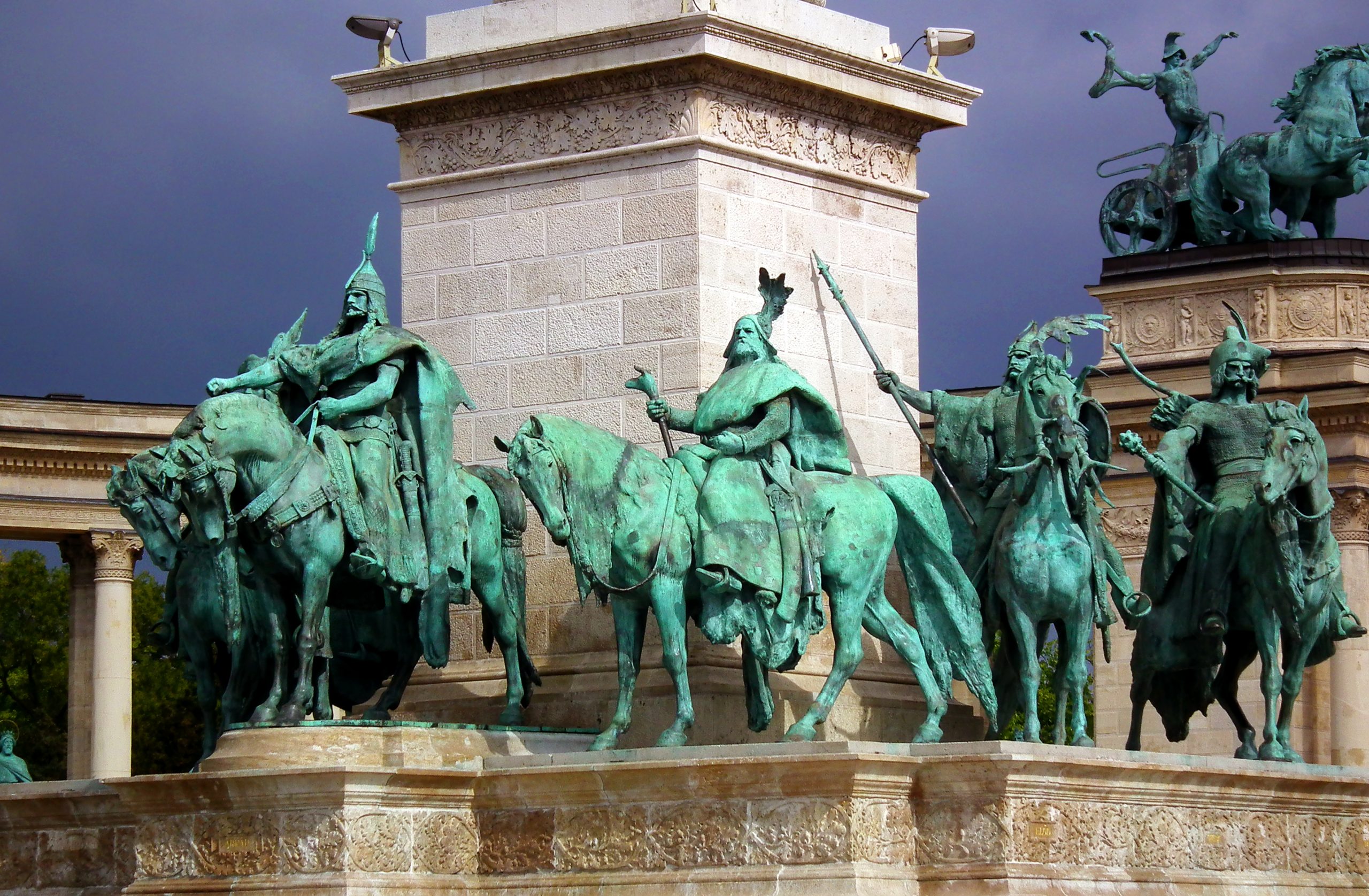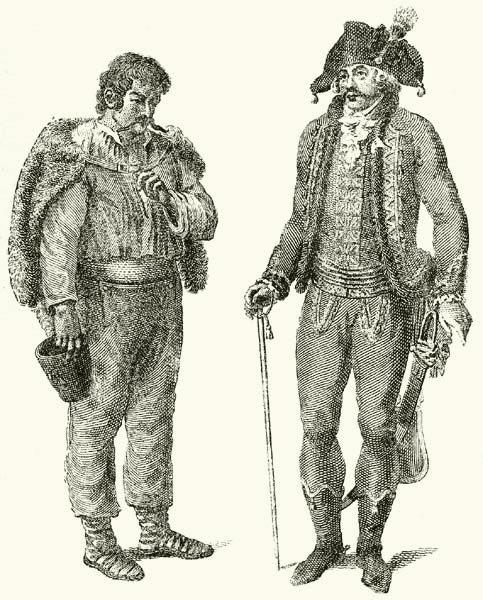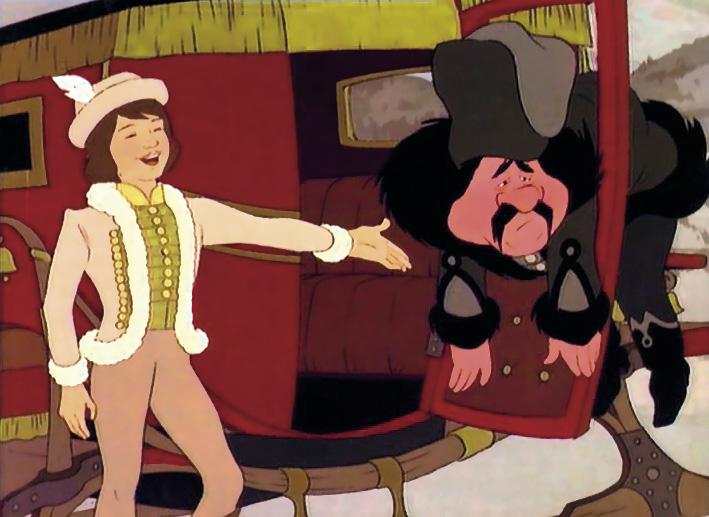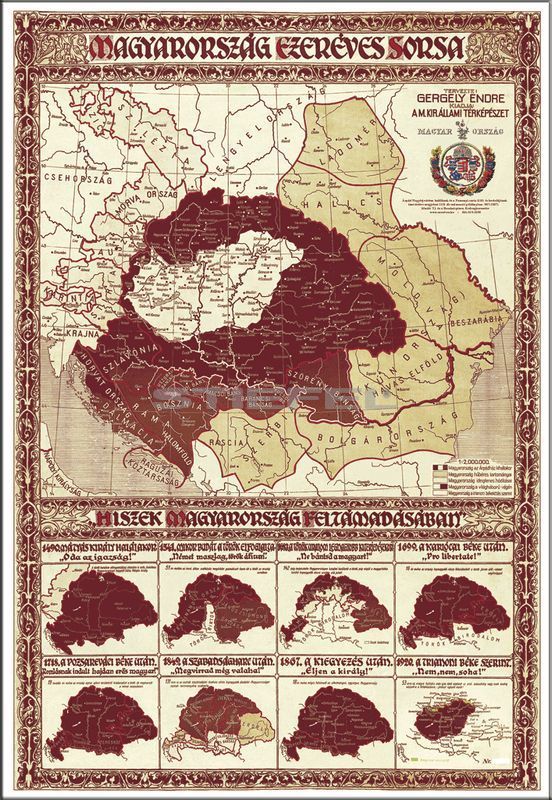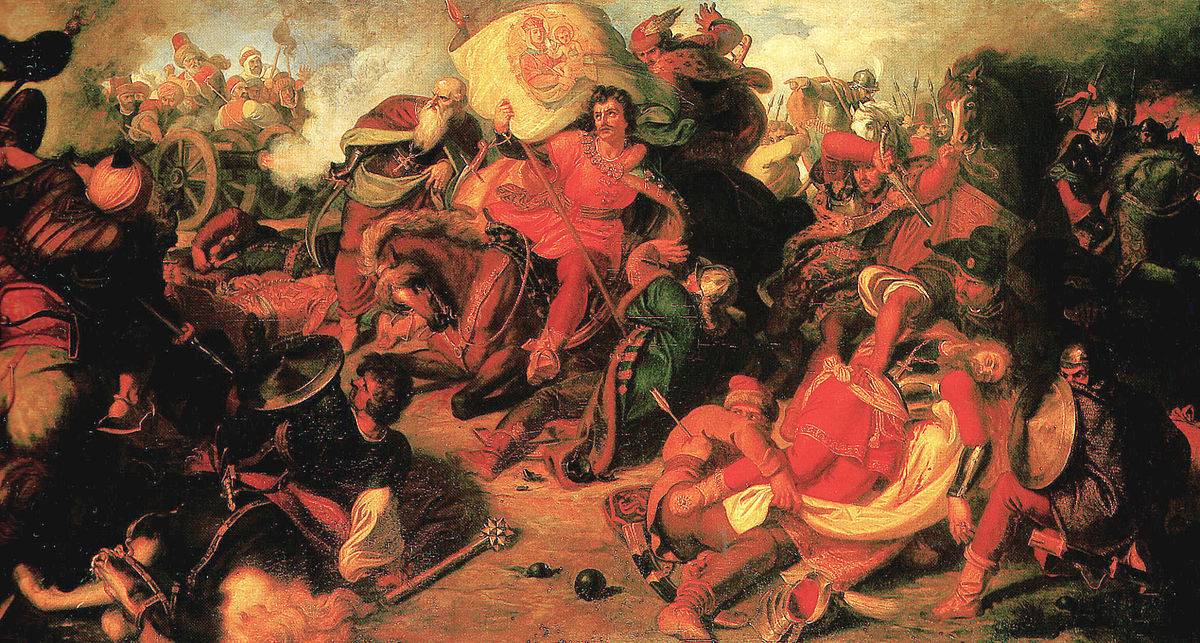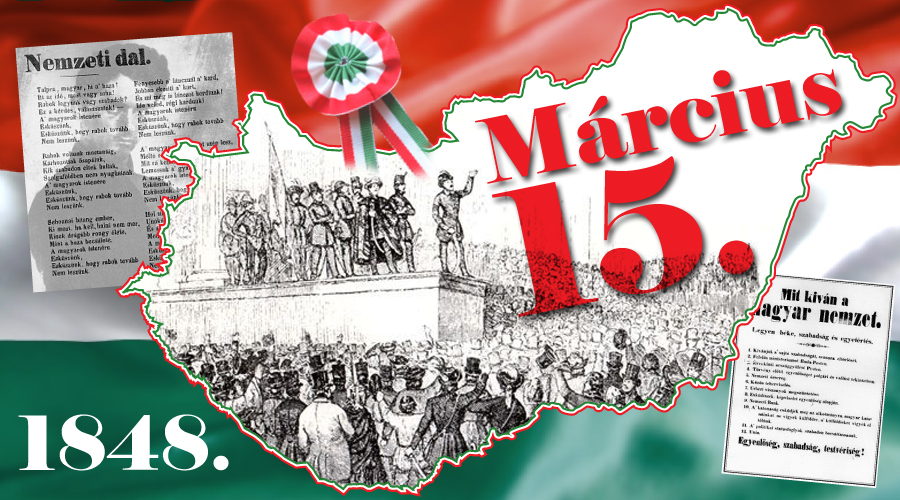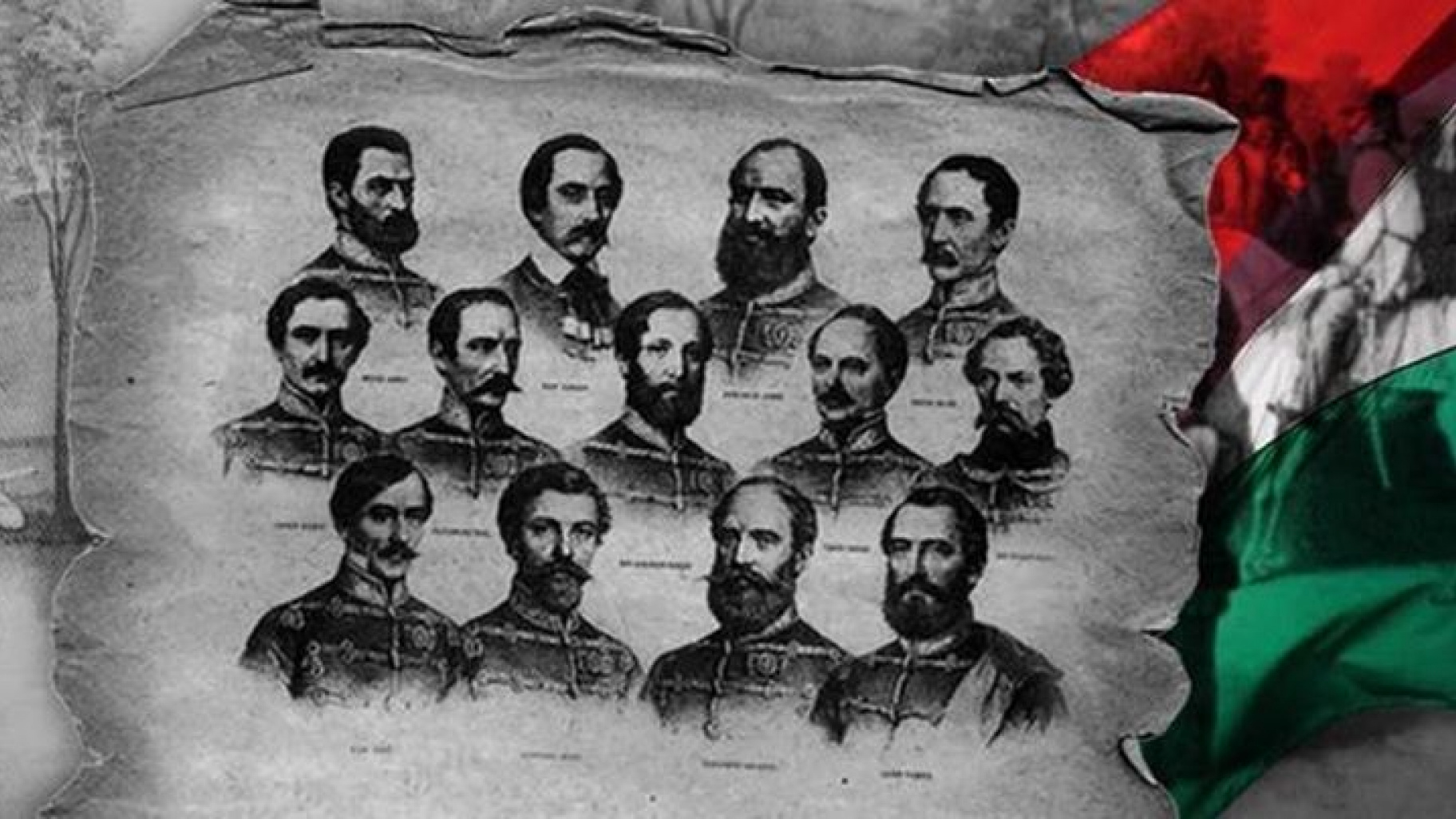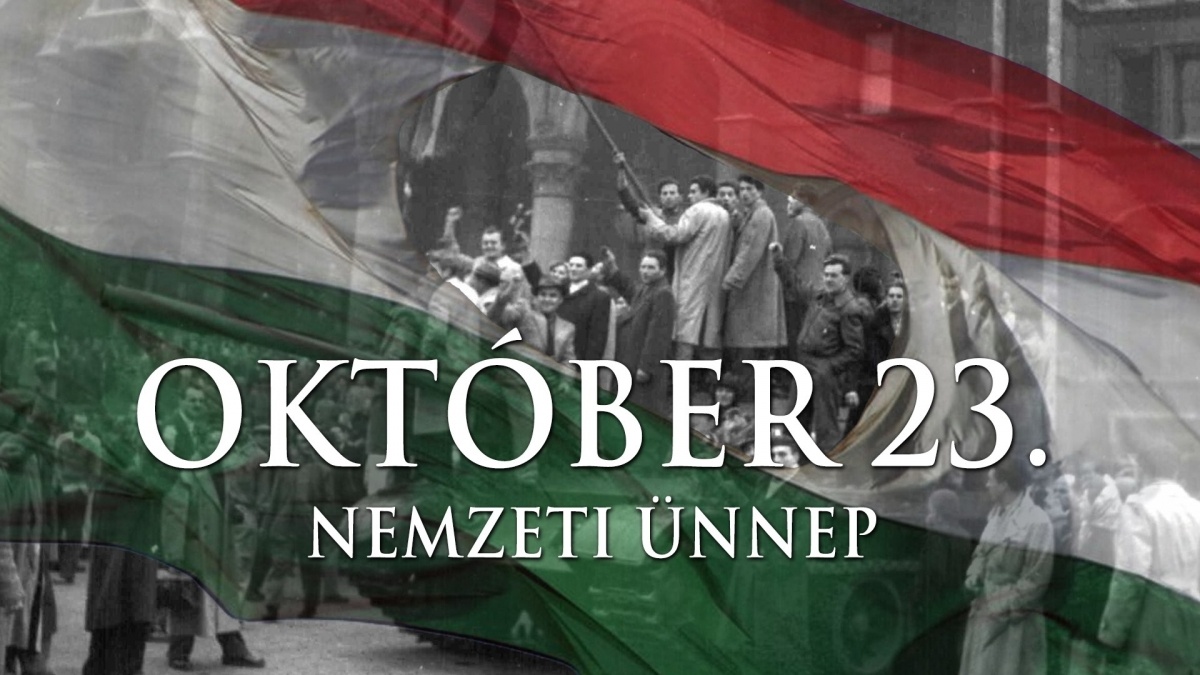The Life of Numbers in Hungarian
In our new series to make your language learning more enjoyable, we are going to highlight what associations go with numbers in Hungarian.
Our first number is 5 = ÖT
The most positive connotation with five is dream of all Hungarian students: to get a 5, meaning to get an A at school.
Ötöst kaptam! = I got an A
The grading scale in Hungarian school system:
5 – jeles – excellent
4 – jó – good
3 – közepes – average
2 – elégséges – satisfactory
1 – elégtelen – fail
This system was introduced in 1950. Paradoxically, the previous one before WW2 was the same but the other way round, one being the best.
Another major recollection with ÖT is the ÖTÖS LOTTÓ – lottery with 5 winning numbers out of 90.
The popular phrase is ’így jöjjön be a lottó ötösöm,’ lit. I wish I could hit the lottery 5 winning numbers like this, meaning you had a good guess.
The lottery draw is on Fridays, watched by a large TV audience.
Our second number is 7 = HÉT
Seven is a significant number across religions and cultures. It’s the same in the Hungarian consciousness as well, especially in folk tale images like the HÉTFEJŰ SÁRKÁNY (seven-headed dragon) or the phrase HETEDHÉT ORSZÁG (the seventh of seven countries, meaning the whole wide world).
Another common association with seven is HÉTVEZÉR, the seven tribes of the ninth-century Magyars who took the Carpathian basin. Their names can be found on the famous monument on HŐSÖK TERE (Heroes’ Square):
Árpád, Előd, Ond, Kond, Tas, Huba, Töhötöm
There are many more phrases and sayings referring to the magic number 7, like HETEN VANNAK, MINT A GONOSZOK (there are seven of them like the seven devils). So, if there are seven people at a meeting, if you are superstitious, you find an eighth person to avoid bad luck.
Finally, the derogatory name for impoverished Hungarians of the lesser nobility was HÉTSZILVAFÁS NEMES (a nobleman with seven plum trees).
Our next number is 3 = HÁROM
The origin of the saying „Három a magyar igazság!” is unknown. Sometimes it’s translated into English as “Third time lucky”, however, the meaning is not exactly the same. It’s basically a positive thinking phrase encouraging someone not to give up and trust that success will come at the third attempt. It also means that something will end well after it has happened three times.
Even more engrained in Hungarian consciousness is the saying „Háromszor veri ezt kenden Lúdas Matyi vissza!” (Mattie will repay his humilitiation three times over!). Lúdas Matyi, is a Hungarian epic poem written by Mihály Fazekas (1766–1828). Matyi, who is a young peasant boy, is trying to sell his geese at the market but the local lord, Dániel Döbröghy, claims the geese belong to him. Lord Döbröghy orders his servants to punish Matyi with 50 lashes on his back. Matyi makes a vow to get vengeance. Cleverly, he traps the Lord three times and whips him, thus becoming a folk hero for doing justice.
A very popular cartoon was made based on the poem in the 1980s, and directed by Attila Dargay.
POWERFUL NUMBERS IN HUNGARIAN HISTORY
The Hungarian historical timeframe is determined by certain numbers like:
EZERÉVES MAGYARORSZÁG = the thousand-year-old Hungary (in Hungarian historical thinking, we use the year 1000, with the coronation of St. Stephen, as the foundation of the Hungarian state that was intact in its original form until 1918).
MILLENNIA
There were two famous millennial years to commemorate Hungarian statehood, 1896 and 2000. The one-thousandth anniversary of the Hungarian nomadic tribes arriving in the present homeland was commemorated by six months of celebration and an Expo in 1896.
Many public buildings in Budapest were completed in 1896, and so was the first underground that runs along Andrássy út. Also, to celebrate the anniversary, the height of both St. Stephen’s Basilica and Parliament is 96 meters. For many years, the height of buildings in Budapest was limited to less than 96 meters.
Another millennium happened in 2000 to commemorate St. Stephen’s coronation, which meant the integration of Hungary into Christian Europe.
1526 – the year of the fateful MOHÁCS battle that was the beginning of the 150-year Turkish occupation and thus the end of the independent Hungarian Kingdom.
Március 15 – March 15 is a major national holiday commemorating the anniversary of the 1848 Revolution and the establishment of modern Hungary. In 1849, Austrian and Russian forces crushed the Revolution and the ensuing War of Independence. Still, the nation remained divided between those who stuck to the original demands, such as complete independence and those who sought compromise. Thus the saying is ’nem enged a 48-ból’ = he sticks to the principles of 1848.
Október 6 – is the memorial day of the execution of the 13 vértanú (thirteen martyr generals of the Hungarian Army) in the city of Arad (now Romania) after their defeat in 1849.
Október 23 – October 23 was the day when the 1956 revolution broke out. The Russian Army brutally crushed the revolution and, from 1956 until 1989, it was taboo to utter the number 56! The thousands of people who left the country are still called ÖTVENHATOSOK, Fifty-sixers, and the number is exclusively associated with the Revolution.
